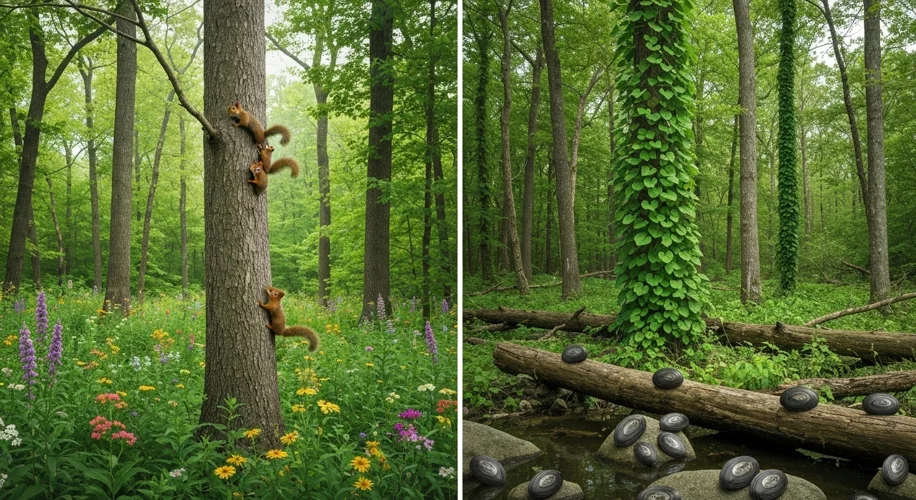It’s a question that pops up often in ecological discussions: at what point does a species that was introduced to a new environment stop being considered ‘invasive’ and start being seen as ‘native’? It’s a nuanced topic, and the answer isn’t as simple as just giving it a new label after a few centuries.
First, let’s clarify what we mean by ‘invasive.’ An invasive species is one that is not native to a particular ecosystem and has a tendency to spread, potentially causing harm to the environment, economy, or human health. Think of the zebra mussel in the Great Lakes or kudzu in the American South – these are classic examples that have significantly altered their new habitats.
So, can these newcomers ever earn a permanent welcome, becoming ‘native’ over time? Ecologically speaking, the definition of ‘native’ is rooted in origin. A native species is one that has evolved in a particular region or ecosystem over long periods, often millennia, developing complex relationships with other local flora and fauna.
When a species is introduced, even if it becomes well-established, its evolutionary history and the ecological niches it fills (or disrupts) are fundamentally different from those of species that have co-evolved in the region. The term ‘naturalized’ is often used for introduced species that have established self-sustaining populations in the wild. They’ve adapted to the new environment, but they haven’t gone through the same deep, evolutionary journey as truly native species.
However, ecosystems are dynamic. They are constantly evolving, adapting to changes in climate, geology, and even human influence. Climate change, for instance, is pushing many species beyond their historical ranges, blurring the lines of what we consider ‘native.’ As temperatures rise and weather patterns shift, species that were once considered invasive might find themselves in environments more suited to them, and conversely, species that were native might struggle to survive.
This ongoing flux raises interesting questions. Could a species introduced today, surviving and reproducing for thousands of years, eventually be considered native by future generations? Perhaps. The concept of ‘native’ is, in part, a human construct based on observed historical distributions and evolutionary timelines. If a species were to successfully integrate itself into an ecosystem over vast stretches of time, adapting and co-evolving with other species, the distinction might indeed become blurred.
Consider ecological succession. This is the process by which communities of plants and animals change over time. An area might start with simple, hardy species, then gradually transition to more complex, diverse ecosystems. Introduced species can sometimes become part of this successional process, altering the trajectory but not necessarily preventing the ecosystem from eventually reaching a new state of equilibrium.
Ultimately, while a species might become naturalized and play a role in its new environment, the scientific consensus is that the term ‘native’ implies a much deeper, evolutionary history of origin and adaptation within a specific region. The current ecological understanding emphasizes this distinction, even as climate change continues to reshape our planet’s biodiversity. It’s a fascinating area to watch as ecosystems continue their incredible, ongoing transformation.

